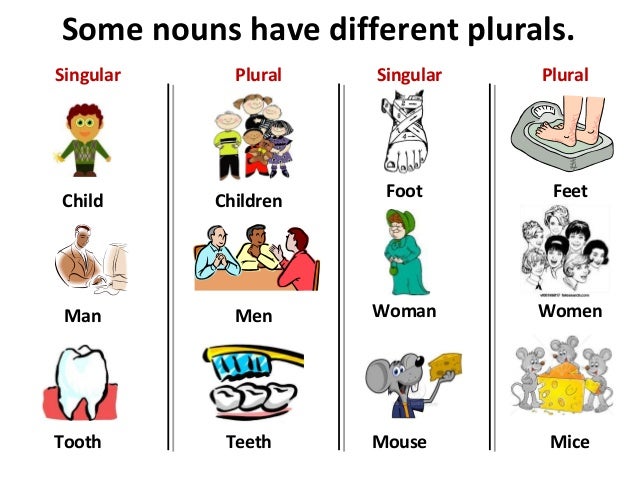As usual, I post here something we've learned before. You need to refresh everything, so please, review this grammar - read, look, watch and practice. This is for your own goods.
Irena


These 4 words -This, These, That and Those are called Demonstrative Pronouns. You should remember that 2 of them are singular and 2 are plural. Also, 2 of them are close to you (at hand) and 2 are far from you (not at hand).
If a person, a place or a thing are nearby, close, here or at hand, we use this (for singular) and these (for plural).
If a person, a place or a thing are far from you, in the distance, there or not at hand, we use that (for singular) and those (plural).
This book (near you) is old. (singular)
That book (far from you) is new. (singular)
These books (near you) are old. (plural)
Those books (far from you) are new. (plural)
Please, watch the video. You will understand everything. It's very easy.
Here is another video to help you.
Do these exercises.












